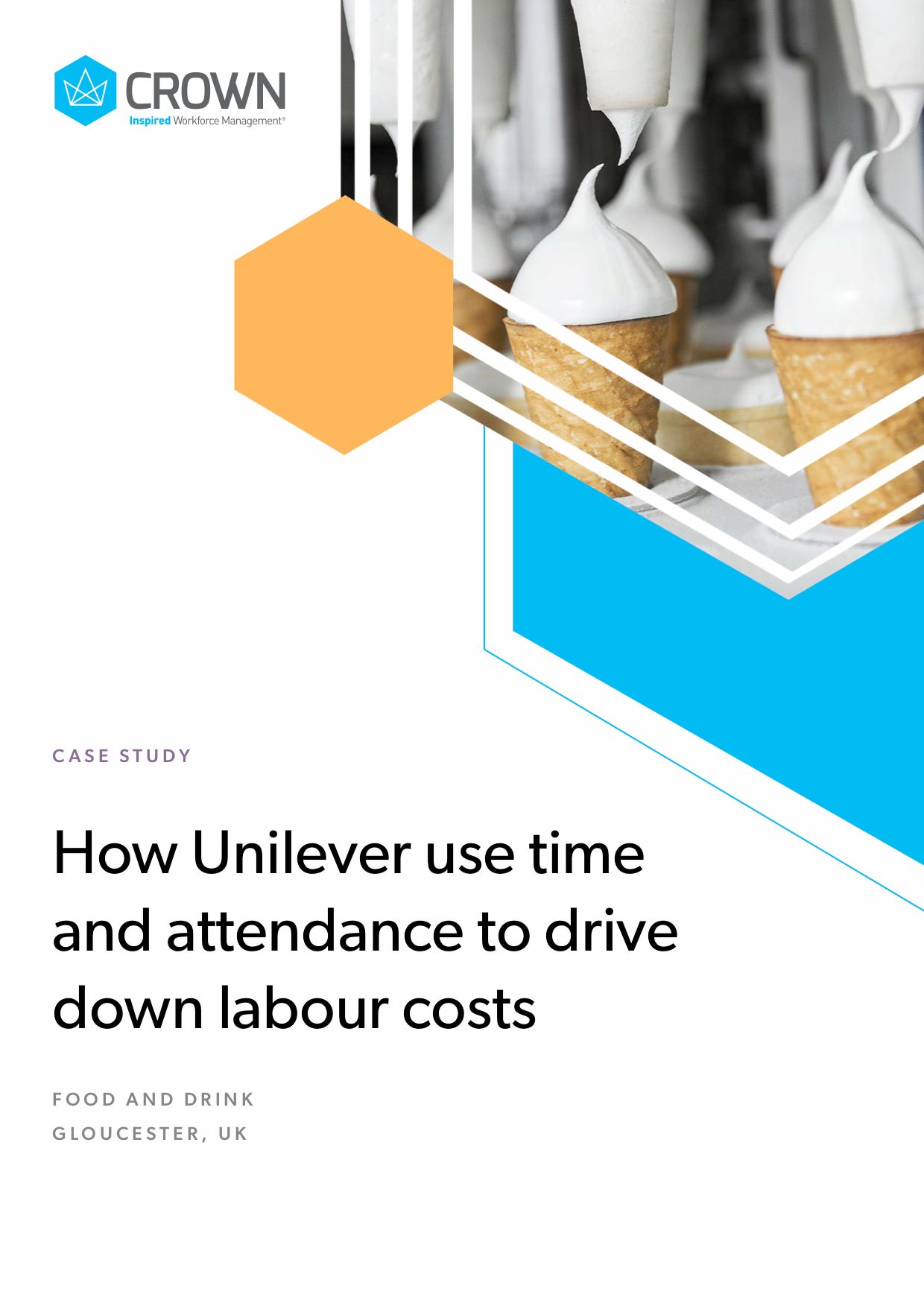Unilever is a global consumer goods company that produces and sells a wide range of products, including personal care, cleaning, and food products. The company has a long history dating back to the late 1800s and has grown to become one of the largest and most successful consumer goods companies in the world. In this essay, we will delve into a case study of Unilever and examine the company's history, business model, and some of the key challenges and opportunities it has faced.
Unilever was founded in the late 1800s by a merger of two Dutch margarine companies, Margarine Unie and Lever Brothers. The company initially focused on the production and sale of margarine, soap, and other household products. Over the years, Unilever has diversified its product range and now produces and sells a wide range of products, including personal care products (such as Dove soap and deodorant), cleaning products (such as Omo laundry detergent and Cif cleaner), and food products (such as Knorr soups and sauces and Ben & Jerry's ice cream). The company operates in more than 190 countries and has a presence in both developed and emerging markets.
Unilever's business model is based on a decentralized structure, with each of the company's business units operating as a standalone entity with its own management team and strategy. This decentralized structure allows Unilever to tailor its products and marketing efforts to the specific needs and preferences of local markets. The company also has a strong focus on sustainability and aims to reduce its environmental impact through initiatives such as its Sustainable Living Plan, which aims to halve the company's environmental footprint while increasing its positive social impact.
One of the key challenges that Unilever has faced in recent years is the increasing competition from smaller, more agile competitors. These competitors, often referred to as "disruptors," have been able to capture market share by offering innovative, high-quality products at competitive prices. Unilever has responded to this challenge by investing in research and development to create new, innovative products and by acquiring smaller competitors to expand its product range and market reach.
Another challenge for Unilever has been the increasing demand for more sustainable and environmentally friendly products. Consumers are becoming more aware of the impact of their purchasing decisions on the environment and are seeking out companies that prioritize sustainability. Unilever has responded to this trend by investing in initiatives such as its Sustainable Living Plan and by launching a range of sustainable products, such as plant-based detergents and biodegradable packaging.
Despite these challenges, Unilever has continued to grow and be successful. The company has a strong brand and a global presence, and it has a proven track record of adapting to changing market conditions. In the future, Unilever will likely continue to face challenges, but with its strong commitment to sustainability and innovation, it is well-positioned to continue to be a leader in the consumer goods industry.







